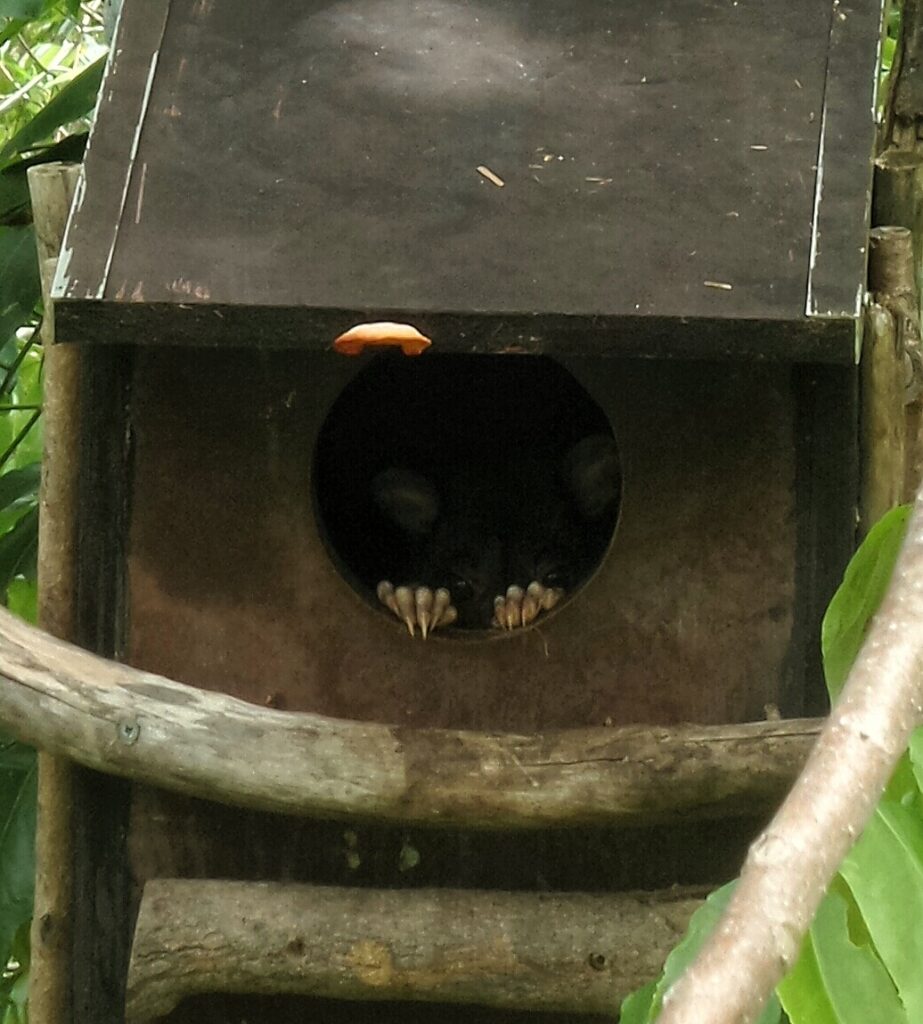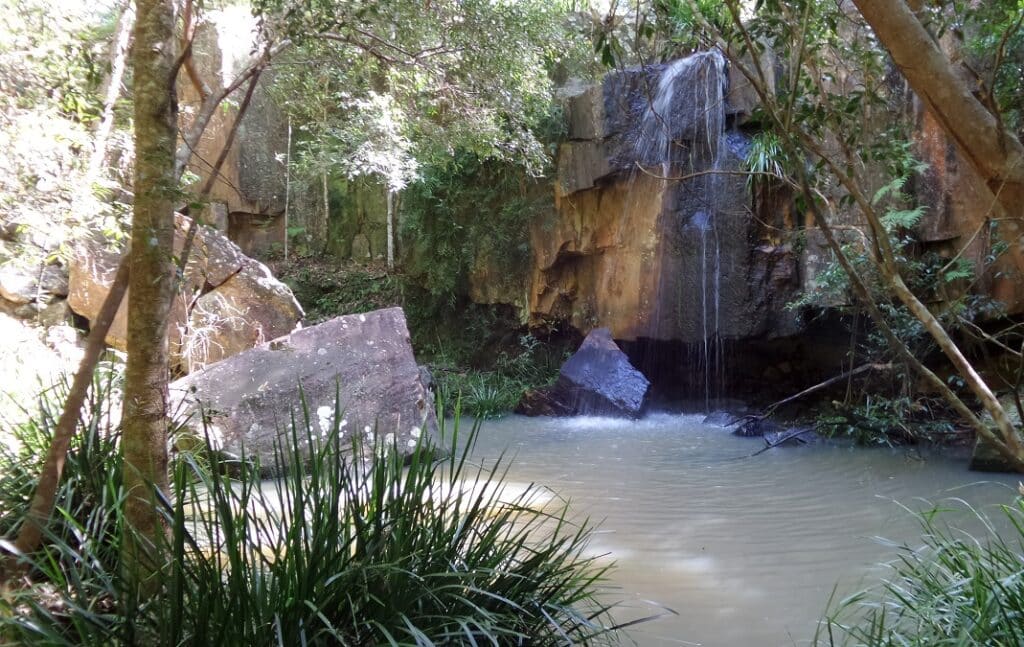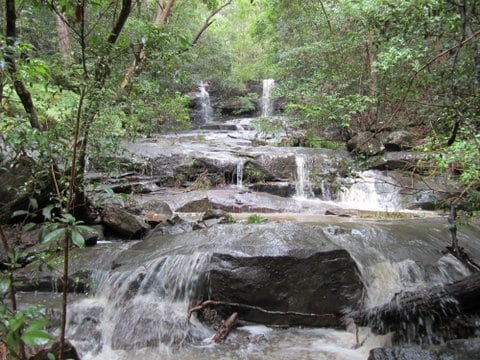Susie Hearder is the owner of Hopping Dicks Creek, a property located approximately 20km west of Murwillumbah. The property is a dedicated wildlife-friendly sanctuary with 72 hectares protected in perpetuity by a conservation covenant with the Nature Conservation Trust of NSW. A further three hectares are to be added to the covenant in 2017. It is Susie’s intent for the property to continue to be used in its current purposes and to protect wildlife habitat as much as possible while promoting regeneration. The property is also a member of Land for Wildlife and has been made available to Tweed Valley Wildlife Carers as a release site if needed.
The sanctuary covers 84 hectares within the caldera of the Mt Warning Shield Volcano and fronts on to Hopping Dicks Creek, from which the name of the property derives. The property is located within mapped Key Habitat and a part of the property is within a mapped Wildlife Corridor. Vegetation varies from riparian along the creek front to forested hills with rainforest gullies and watercourses feeding into the creek. Specific vegetation types include turpentine dominated forest, wet flooded gum-tallowwood forest, brushbox dominated forest, broad-leaved white mahogany dominated forest, wet bangalow-brushbox, riparian forest and sub-tropical rainforest gullies.
Wildlife species known to inhabit Hopping Dicks Creek include swamp wallabies (Wallabia bicolor), koalas (Phascolarctos cinereus), dingoes (Canis lupus dingo), northern brown bandicoots (Isoodon macrourus), sugar gliders (Petaurus breviceps), mountain brushtail (Trichosurus cunninghami) and ringtail (Pseudocheirus peregrinus) possums, short-beaked echidnas (Tachyglossus aculeatus), platypus (Ornithorhynchus anatinus), many snake and frog species, eastern horseshoe bats (Rhinolophus megaphyllus), grey-headed flying foxes (Pteropus poliocephalus), lace monitors (Varanus varius), eastern water dragons (Physignathus lesueurii lesueurii), eastern long-necked turtles (Chelodina longicollis) blue crayfish (Procambarus alleni), glow worms (Arachnocampa flava), planigales (Planigale maculata), yellow footed antechinus (Antechinus flavipes) and endangered Richmond birdwing butterflies (Ornithoptera richmondia).
The sanctuary is also home to a wealth of bird life including glossy-black cockatoos (Calyptorhynchus lathami), white-bellied sea eagles (Haliaeetus leucogaster), eastern ospreys (Pandion cristatus), peregrine falcons (Falco peregrinus), tawny frogmouths (Podargus strigoides), nightjars (Caprimulgus spp.), satin (Ptilonorhynchus violaceus) and regent (Sericulus chrysocephalus) bower birds, noisy pitta (Pitta versicolor), superb fruit doves (Ptilinopus superbus), azure (Alcedo azurea) and forest (Todiramphus macleayii) kingfishers.









